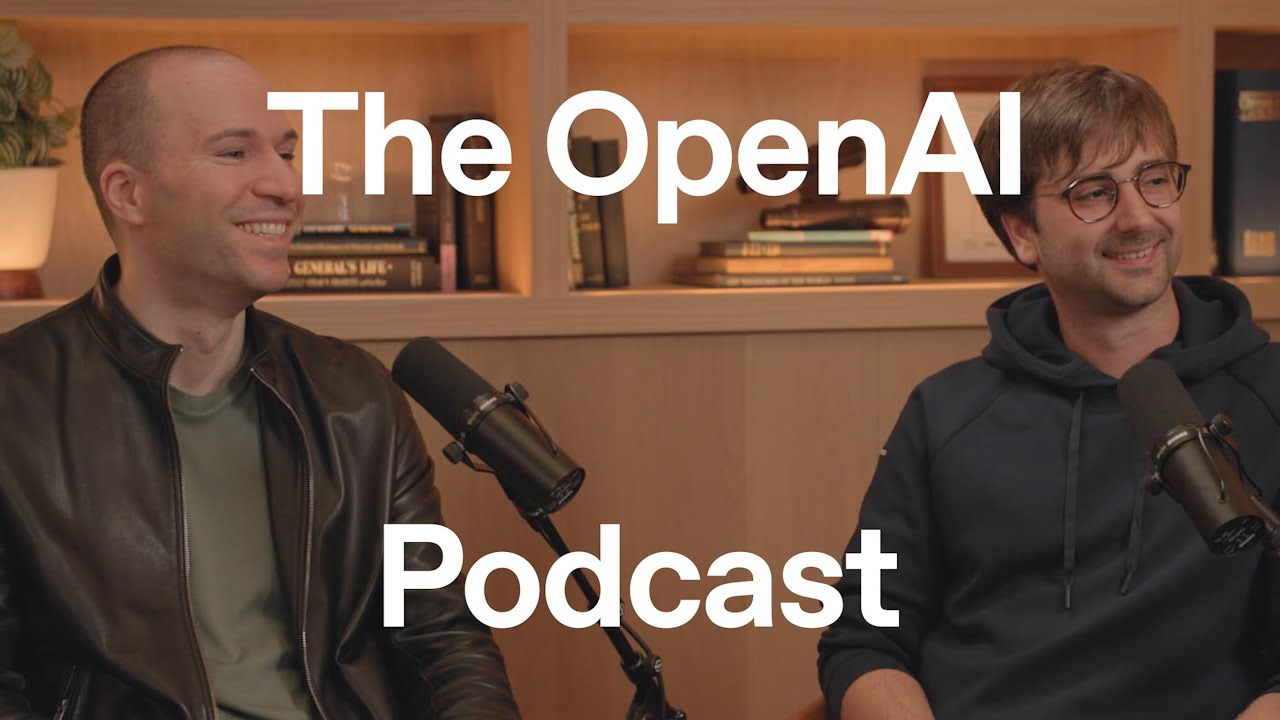
The landscape of software development is undergoing a profound transformation with the emergence of sophisticated AI coding assistants. OpenAI's latest innovation, GPT-5 Codex, represents a significant leap forward in AI-powered coding automation, building upon years of research and development in applying large language models to programming tasks.
What began as simple code completion capabilities in early language models has evolved into comprehensive coding assistants capable of understanding context, debugging complex problems, and even generating entire applications. This evolution marks a paradigm shift in how developers interact with their tools and approach software development.

The Evolution of AI Coding Assistants
The journey of AI-powered coding tools has been remarkable. In the early days of GPT-3, developers discovered the model could complete simple Python functions when provided with a docstring and function definition. This initial capability, while limited, hinted at the potential for AI to understand and generate code.
As Greg Brockman, OpenAI co-founder, noted: "I remember back in the GPT-3 days seeing the very first signs of life of taking a docstring and a Python function name and then watching the model complete the code." This early success prompted the team to set ambitious goals, such as creating models that could write a thousand lines of coherent code—a milestone that has since been surpassed.
The progression from these early experiments to today's sophisticated coding assistants demonstrates how rapidly AI capabilities have advanced, and how quickly developers have integrated these tools into their workflows.
Beyond Code Completion: The Importance of the Harness
A critical insight in developing effective AI coding tools was recognizing that raw intelligence alone isn't sufficient. The "harness"—the infrastructure that connects the AI model to the development environment—plays an equally important role in making these tools useful.
As Tibo Such, Codex engineering lead, explains: "The harness is how we integrate the model with the rest of the infrastructure so that the model can actually act on its environment." This integration allows the AI to execute code, access tools, and interact with the development environment in meaningful ways.

The harness represents the body to the AI's brain, enabling it to interact with the world and create tangible results. This realization has led to the development of various interfaces for AI coding assistants, from IDE plugins to command-line tools and web-based interfaces.
The Balance Between Intelligence and Latency
One of the key challenges in developing AI coding assistants is balancing model intelligence with response speed. For code completion features, latency is critical—developers won't wait more than about 1500 milliseconds for suggestions.
This constraint led to an important insight: different use cases require different approaches. For quick completions, faster but less sophisticated models might be appropriate. For more complex tasks like debugging or architecture design, users are willing to wait longer for more intelligent responses.
As Brockman notes: "Our approach has very much been to say just bet that the greater intelligence will pan out in the long run." This philosophy has guided the development of increasingly capable models, with interfaces adapted to leverage their strengths while accommodating their limitations.
The Evolution of Form Factors
The team at OpenAI has experimented with various deployment models for their coding assistants. These range from local, synchronous tools that run directly in the developer's environment to asynchronous, cloud-based agents that can continue working even when the developer's computer is offline.

This experimentation reflects a broader exploration of how AI can best serve developers. Sometimes the most valuable approach is for the AI to act as an assistant, providing suggestions and completions. In other cases, the AI might function more as an agent, taking initiative to solve problems with minimal human guidance.
The current Codex ecosystem embraces this diversity with multiple interfaces: a command-line interface for terminal-based workflows, a VS Code extension for IDE integration, and web-based tools for collaborative and remote development.
From User-Driven to Model-Driven Interactions
A fascinating shift in AI coding tools has been the evolution from user-driven to model-driven interactions. Initially, developers would carefully craft prompts, providing context and code snippets to get useful responses from AI models.
As models have become more capable, the interaction pattern has begun to reverse. Now, the AI can take initiative, gathering context on its own and driving the problem-solving process while the developer provides guidance and feedback.
Tibo Such describes this transition: "Maybe instead of the user driving this thing, maybe let the model actually drive the interaction and find its own context and then find its way and be able to debug this hard problem by itself so that you can just sit back and watch the model do the work."
Practical Applications of AI Coding Automation
The practical applications of AI coding tools extend far beyond simple code completion. These systems are now capable of:
- Debugging complex issues by analyzing error messages and stack traces
- Refactoring existing code to improve performance or readability
- Generating entire applications based on high-level specifications
- Explaining unfamiliar code or systems to help developers understand legacy projects
- Translating code between programming languages
- Optimizing algorithms and suggesting performance improvements
These capabilities are transforming development workflows, allowing programmers to focus on higher-level design and problem-solving while delegating more routine coding tasks to AI assistants.
The Future of AI-Powered Coding
Looking ahead to 2030, the trajectory of AI coding tools suggests even deeper integration into the development process. As models continue to improve in intelligence, reliability, and domain-specific knowledge, they will likely become indispensable partners in software development.
We may see AI systems that can maintain entire codebases, automatically implementing new features based on natural language descriptions, fixing bugs as they arise, and continuously optimizing performance. The role of human developers would shift toward defining goals, ensuring alignment with user needs, and making critical architectural decisions.
However, this future raises important questions about code quality, security, and the changing nature of software development as a profession. Ensuring that AI-generated code is correct, secure, and maintainable remains a significant challenge.
Conclusion: A New Era of Human-AI Collaboration
The evolution of AI coding tools represents a fundamental shift in software development—from developers writing every line of code to a collaborative process where humans and AI systems work together to build software more efficiently and effectively.
This collaboration leverages the complementary strengths of humans and AI: the creativity, judgment, and domain knowledge of human developers combined with the speed, recall, and pattern-matching capabilities of AI systems.
As these tools continue to evolve, they promise to democratize software development, making it more accessible to people without traditional programming backgrounds while enabling experienced developers to achieve new levels of productivity and innovation. The future of coding is not about AI replacing humans, but about humans and AI working together to create better software than either could produce alone.
Let's Watch!
How GPT-5 Codex Is Revolutionizing AI-Powered Coding Automation
Ready to enhance your neural network?
Access our quantum knowledge cores and upgrade your programming abilities.
Initialize Training Sequence